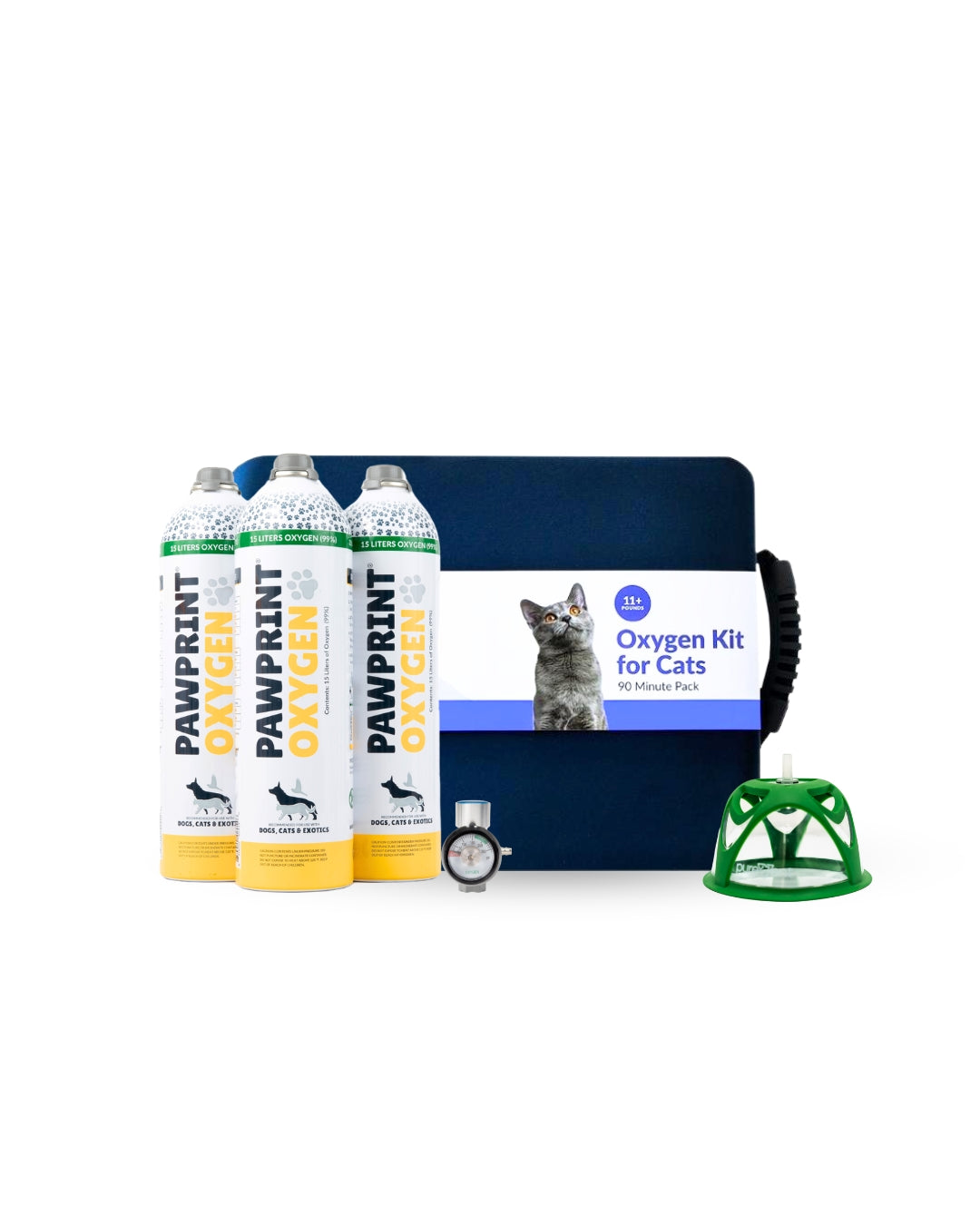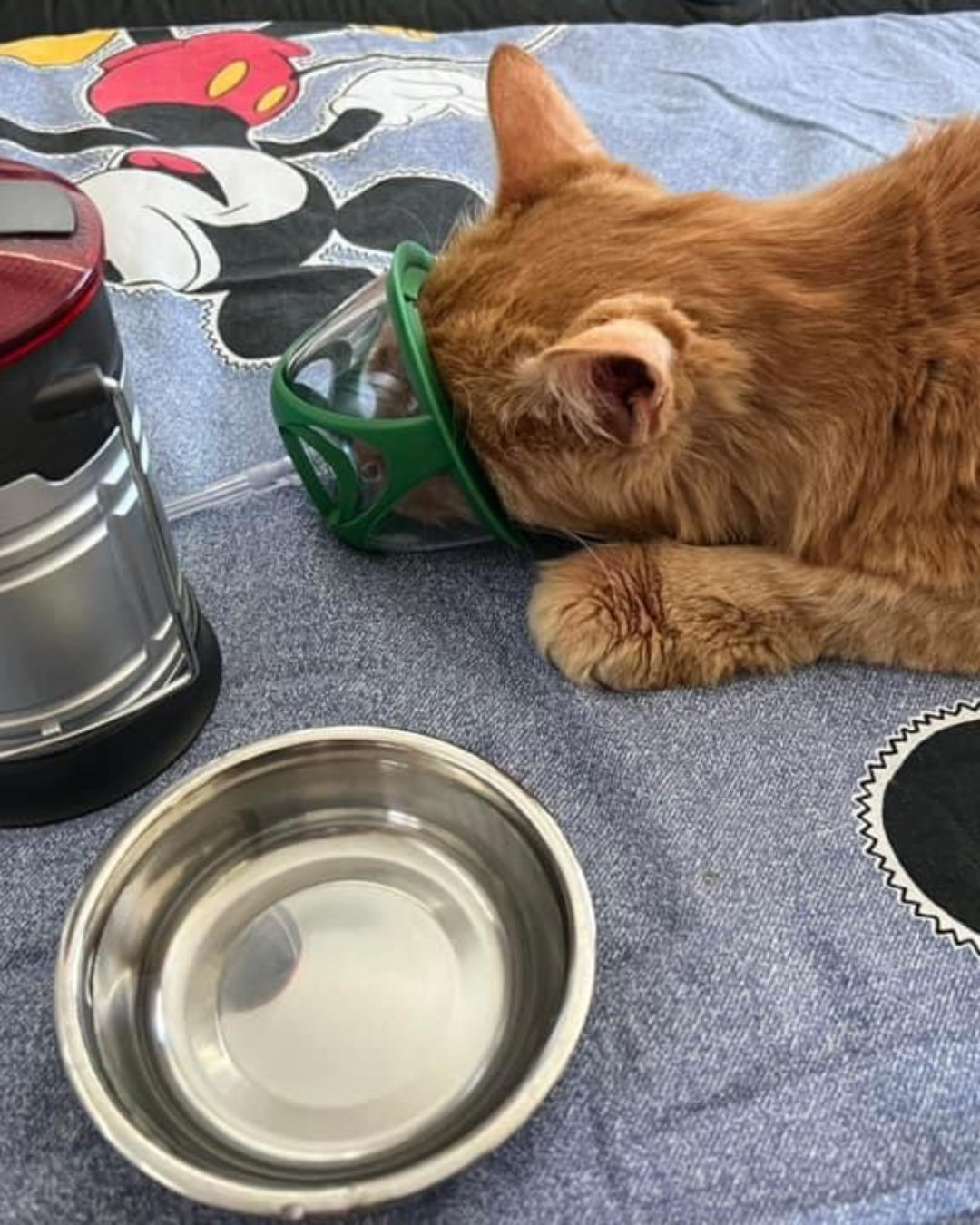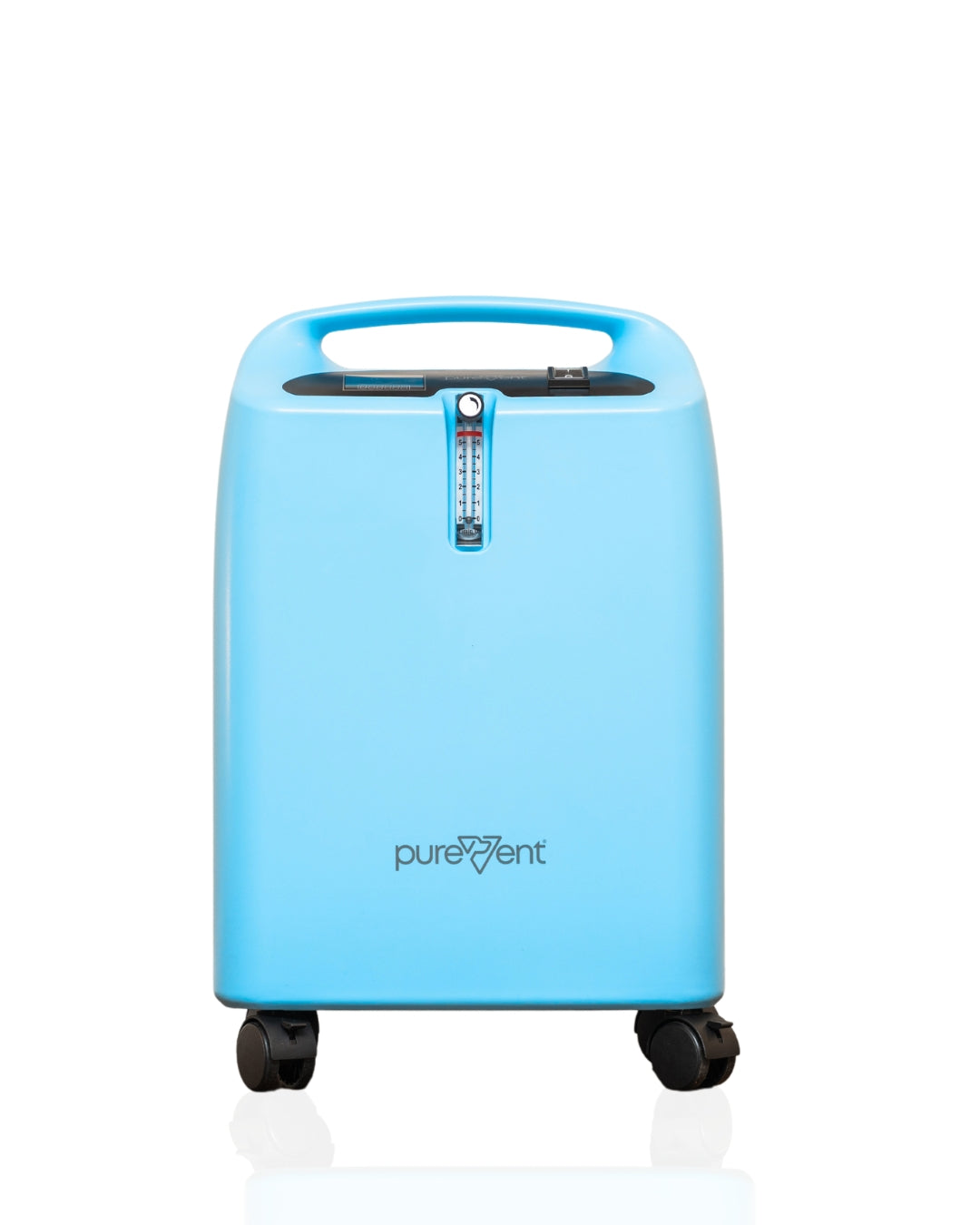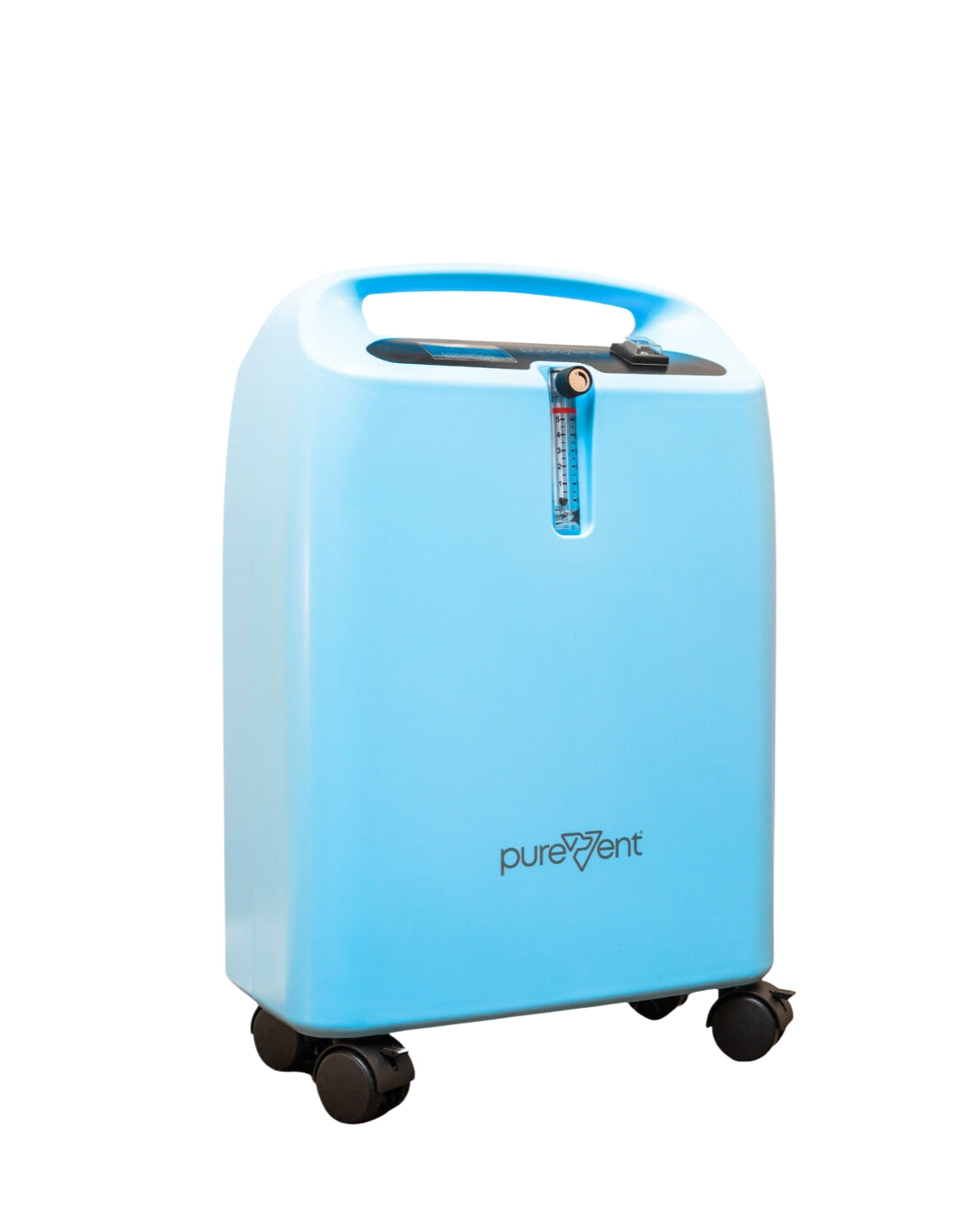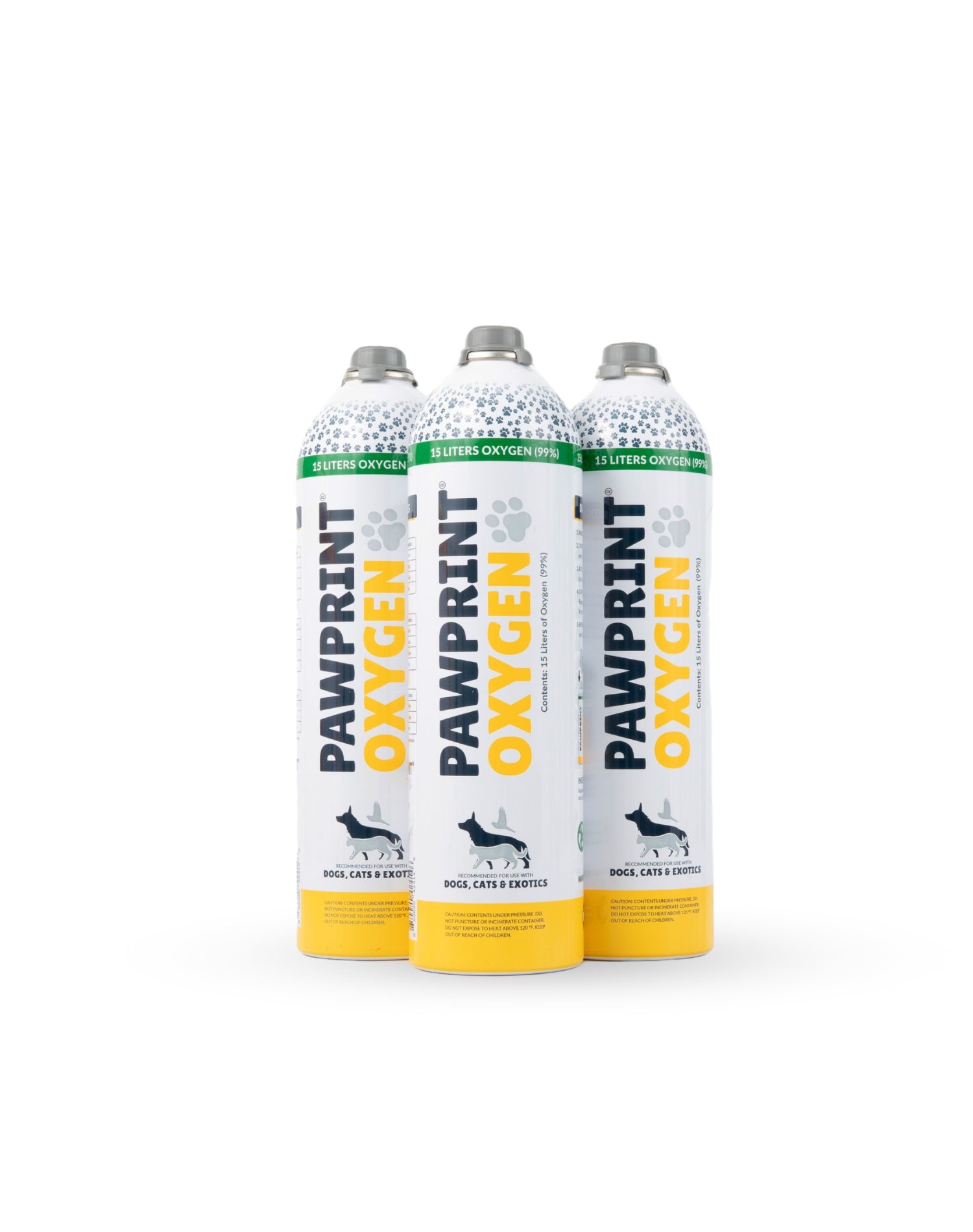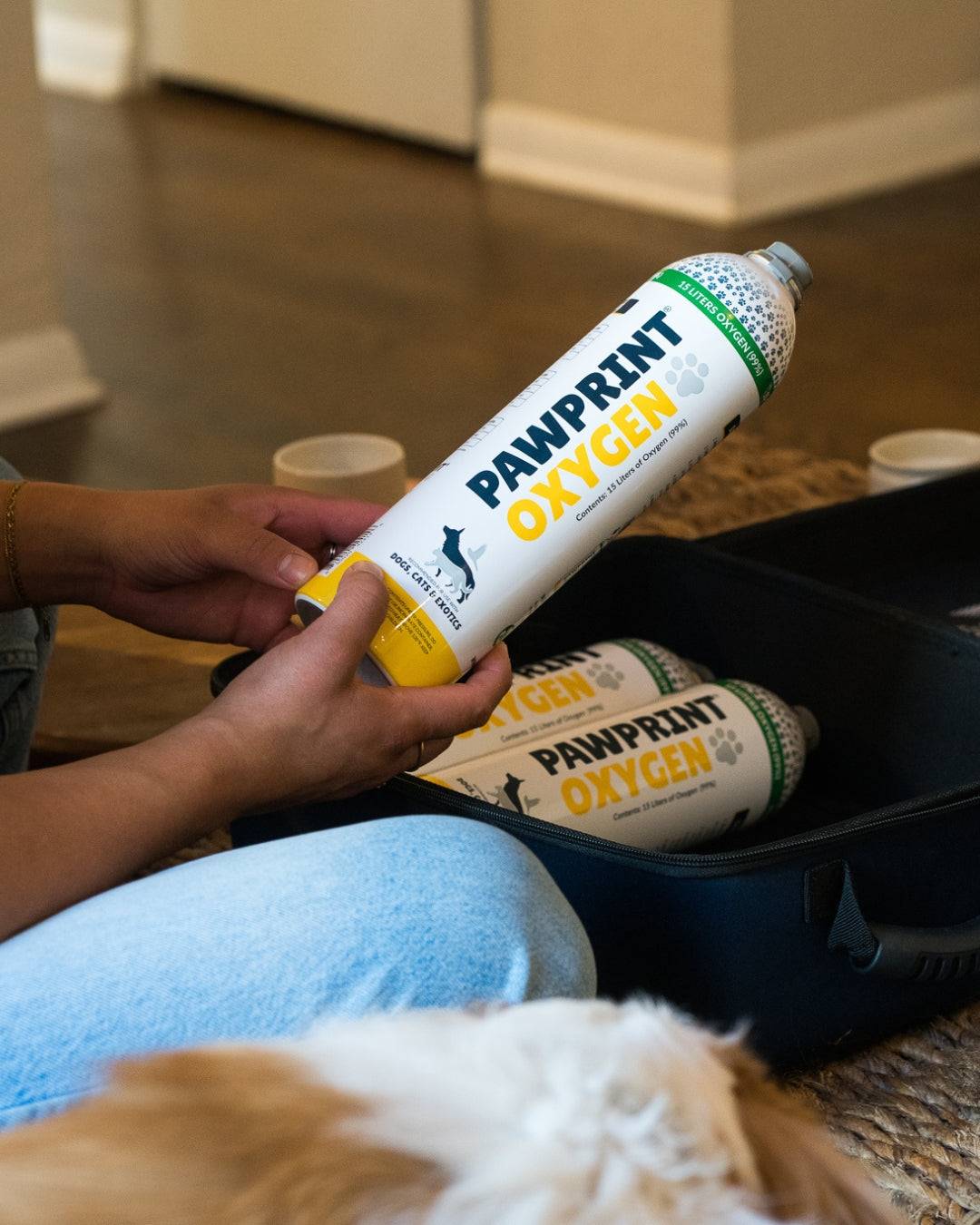As temperatures rise, it's crucial to consider how the heat affects our furry companions. Just like humans, pets can suffer from the scorching summer sun, making it vital to ensure they stay cool and comfortable. Keeping pets cool in hot weather is not just about comfort—it's about their safety and health. Heatstroke is a serious and potentially life-threatening condition that can affect pets quickly and unexpectedly. Understanding the risks and taking preventative measures can help protect your pets from the dangers of heatstroke, ensuring they stay happy and healthy throughout the summer months.
Understanding Heatstroke in Pets
Heatstroke is a severe condition that occurs when a pet's body temperature rises to dangerous levels, typically due to excessive heat exposure or overexertion in hot weather. Unlike humans, pets do not sweat efficiently to cool down; they primarily regulate their body temperature through panting and limited sweating through their paw pads. When these mechanisms are overwhelmed by high temperatures, their bodies can overheat rapidly, leading to heatstroke.
Pets can suffer from heatstroke when they are exposed to high temperatures for extended periods without adequate shade or hydration. Certain factors, such as being left in a parked car, excessive exercise during the hottest parts of the day, or having a thick fur coat, can significantly increase the risk. Additionally, brachycephalic breeds (those with short noses like Bulldogs and Pugs) are particularly prone to heat-related issues due to their compromised breathing abilities.
Recognizing the symptoms of heatstroke in pets is crucial for prompt intervention and treatment. Common signs include:
-
Heavy Panting:
Rapid and intense panting beyond normal levels, as your pet tries to cool down. -
Excessive Drooling:
More drool than usual, often accompanied by thick, sticky saliva. -
Rapid Heartbeat:
An unusually fast pulse, even when your pet is at rest. -
Lethargy or Weakness:
Your pet may appear unusually tired, sluggish, or uncoordinated. -
Vomiting or Diarrhea:
Gastrointestinal distress can be an indicator of heatstroke. -
Red or Pale Gums:
Check your pet's gums for color changes; red or pale gums can signal overheating. -
Dizziness or Lack of Coordination:
Your pet may stumble, have trouble standing, or seem disoriented.
Being aware of these symptoms and acting quickly can save your pet's life. In the following sections, we'll explore how to prevent heatstroke and what steps to take if you suspect your pet is suffering from it.

Preventing Heatstroke in Pets
1. Provide Plenty of Fresh Water
Hydration is key to keeping your pet cool in hot weather. Ensure your pets always have access to fresh, clean water. Place multiple water bowls around your home and yard to encourage frequent drinking. Consider using pet fountains, which can be more appealing to some pets, and keep the water cooler for longer. When going for walks or trips, carry a portable water bottle and bowl to keep your pet hydrated on the go.
2. Create a Cool Environment
Maintaining a cool environment for your pets is essential. If your pet spends time indoors, use fans or air conditioning to keep the temperature comfortable. For pets that stay outside, provide shaded areas where they can escape the sun. This can be done with tarps, umbrellas, or naturally shaded spots under trees. Cooling mats or damp towels can also help pets regulate their body temperature. Place them in areas where your pets like to rest to give them a cool spot to lie down.
3. Avoid Strenuous Activity
Exercise is important, but during hot weather, it's best to avoid strenuous activities, especially during the hottest parts of the day. Plan walks and playtime for early mornings or late evenings when temperatures are cooler. This reduces the risk of overheating and ensures your pet can enjoy their activities safely.
4. Never Leave Pets in a Parked Car
One of the most dangerous situations for pets is being left in a parked car, even with the windows cracked. Temperatures inside a car can rise rapidly, reaching deadly levels within minutes. Even on a mild day, the temperature inside a car can become dangerously hot. Always take your pet with you when you leave the car or leave them at home where it's safe and cool.
5. Grooming
Regular grooming can help your pet stay cool by removing excess fur that traps heat. Brush your pet frequently to reduce shedding and prevent matting, which can make their coat less efficient at keeping them cool. However, avoid shaving your pet's fur too short, as their coat also provides protection from the sun and helps regulate their body temperature. For certain breeds, consult with your veterinarian or a professional groomer about the best grooming practices during the summer.
By taking these preventative measures, you can significantly reduce the risk of heatstroke in your pets, ensuring they stay comfortable and safe during hot weather.
Oxygen Rescue Kit
Pet owners who carry a rescue oxygen kit in their car or at home can minimize their chances of heatstroke effecting their pet to severely before they are able to get to emergency care.
What to Do if Your Pet Shows Symptoms of Heatstroke
Despite your best efforts to keep your pets cool, heatstroke can still occur. Recognizing the signs early and taking immediate action is crucial to prevent serious health complications. Here are the steps you should take if you notice your pet showing symptoms of heatstroke:
-
Move the Pet to a Cool Area:
The first and most important step is to get your pet out of the hot environment and into a cooler, shaded area or indoors where there is air conditioning. This will help in bringing their body temperature down.
-
Offer Small Amounts of Water:
Hydration is essential, but it's important to offer small amounts of cool (not ice-cold) water. Let your pet drink at their own pace to avoid causing shock or vomiting. Never force water into your pet’s mouth.
-
Use Cool (Not Cold) Water to Wet Their Fur:
To help reduce your pet's body temperature, wet their fur with cool water. Avoid using ice-cold water as it can constrict blood vessels and slow down the cooling process. You can use a hose, shower, or a bucket of water to gently wet their fur.
-
Apply Cool, Wet Towels to Their Body: Place cool, wet towels on your pet's body, especially on the head, neck, and chest. Change the towels frequently to keep them cool. This helps in gradually lowering their body temperature.
-
Seek Veterinary Care:
Even if your pet starts to seem better after your initial cooling efforts, it’s crucial to contact your veterinarian right away. Heatstroke can cause severe internal damage that might not be immediately visible. Your vet can provide further instructions and may need to examine your pet for complications.
-
Monitor Vital Signs and Follow Any Specific Advice Given by Your Vet:
While waiting for veterinary assistance, monitor your pet's vital signs such as breathing, pulse, and gum color. Follow any specific advice given by your veterinarian to manage your pet's condition. Your vet might advise you on additional steps to take while you wait or direct you to bring your pet in for immediate treatment.
By acting quickly and efficiently, you can significantly improve your pet's chances of recovery from heatstroke. Always remember that prevention is the best approach, but being prepared to respond promptly can make all the difference in an emergency.
Ensuring a Fun and Safe Summer for Your Pets
Keeping your pets cool during hot weather is crucial for their safety and well-being. As temperatures rise, it's essential to monitor your pets closely and take proactive measures to prevent heatstroke. By providing plenty of fresh water, creating a cool environment, avoiding strenuous activities, and never leaving pets in a parked car, you can significantly reduce the risk of overheating. Additionally, regular grooming and fun activities like frozen treats and water play can help your pets stay comfortable and entertained.
Remember, recognizing the symptoms of heatstroke and knowing what to do if your pet shows signs of overheating can save their life. Immediate actions, followed by seeking veterinary care, are vital steps to ensure your pet's health.
By being vigilant and taking preventative measures, you can keep your pets safe and healthy throughout the summer months. Encourage your friends and family to stay informed about the dangers of heatstroke in pets and share your own tips and experiences to help others keep their furry companions cool and happy. With a little effort and attention, you can enjoy a fun and safe summer with your pets.




